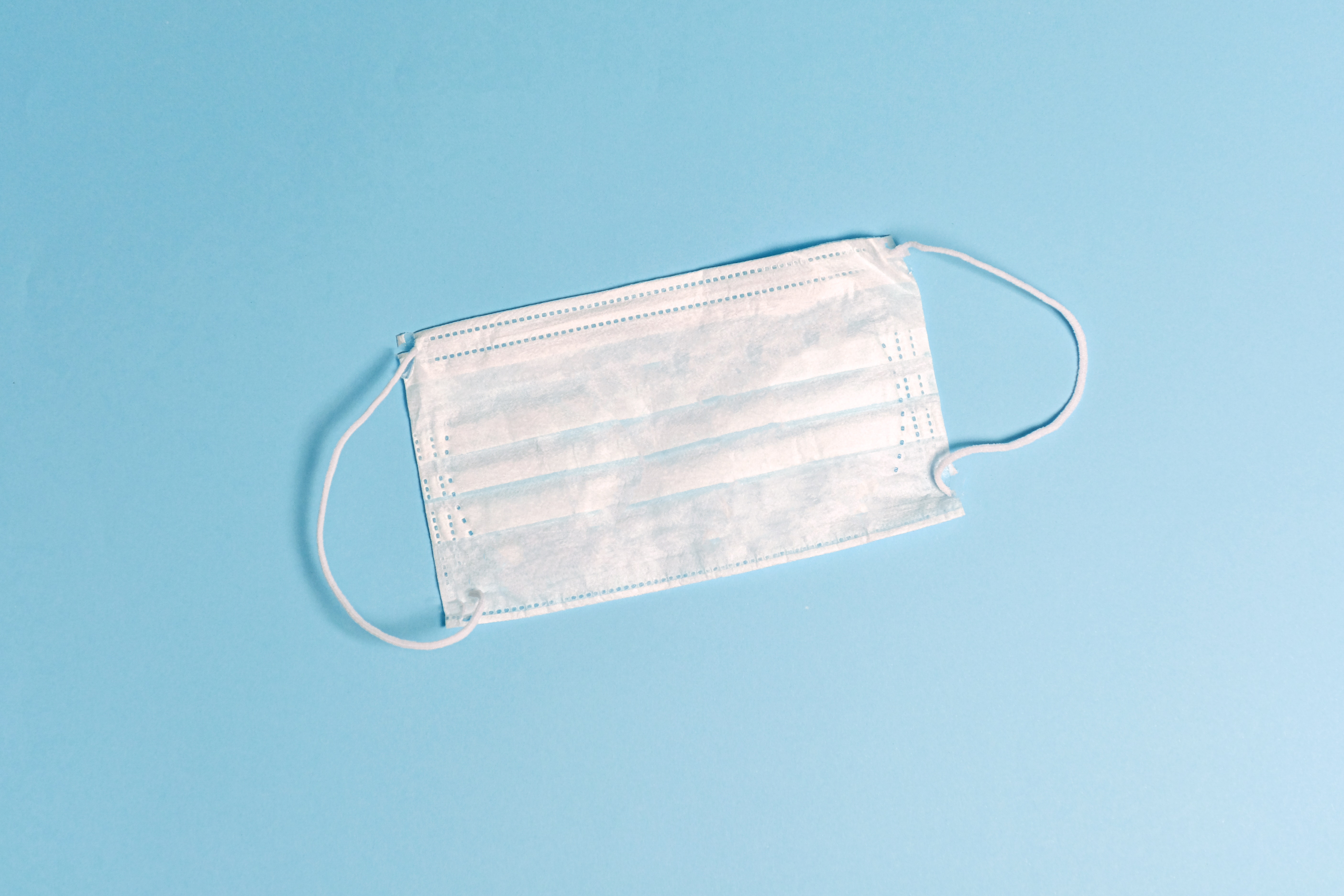
SHARE: Avoid disinformation online
The Government has provided some guidance on the avoidance of disinformation online.
https://sharechecklist.gov.uk/
What is disinformation?
Disinformation is the deliberate creation or dissemination of false and/or manipulated information
that is intended to deceive and mislead audiences. This can be for the purposes of causing harm, or for political, personal or financial gain.The inadvertent sharing of false information is referred to as misinformation.
Why this matters?
When shared, disinformation can take on a life of its own, and have some serious consequences. It can lead to health scares, false accusations and potentially damaging hoax stories. It’s not always easy to spot, so using the SHARE checklist can help you make sure that you don’t feed the beast.
SHARE
Make sure that the story is written by a source you trust, with a reputation for accuracy. If it’s from an unfamiliar organisation, check for a website’s ‘About’ section to learn more.
Headline
Always read beyond the headline. If it sounds unbelievable, it very well might be. Be wary if something doesn’t seem to add up.
Analyse
Make sure you check the facts. Just because you have seen a story several times, doesn’t mean it’s true. If you’re not sure, look at fact-checking websites and other reliable sources to double-check.
Retouched
Check whether the image looks like it has been or could have been manipulated. False news stories often contain retouched photos or re-edited clips. Sometimes they are authentic but have been taken out of context.
Error
Many false news stories have phoney or look-alike URLs. Look out for misspellings, bad grammar or awkward layouts.
